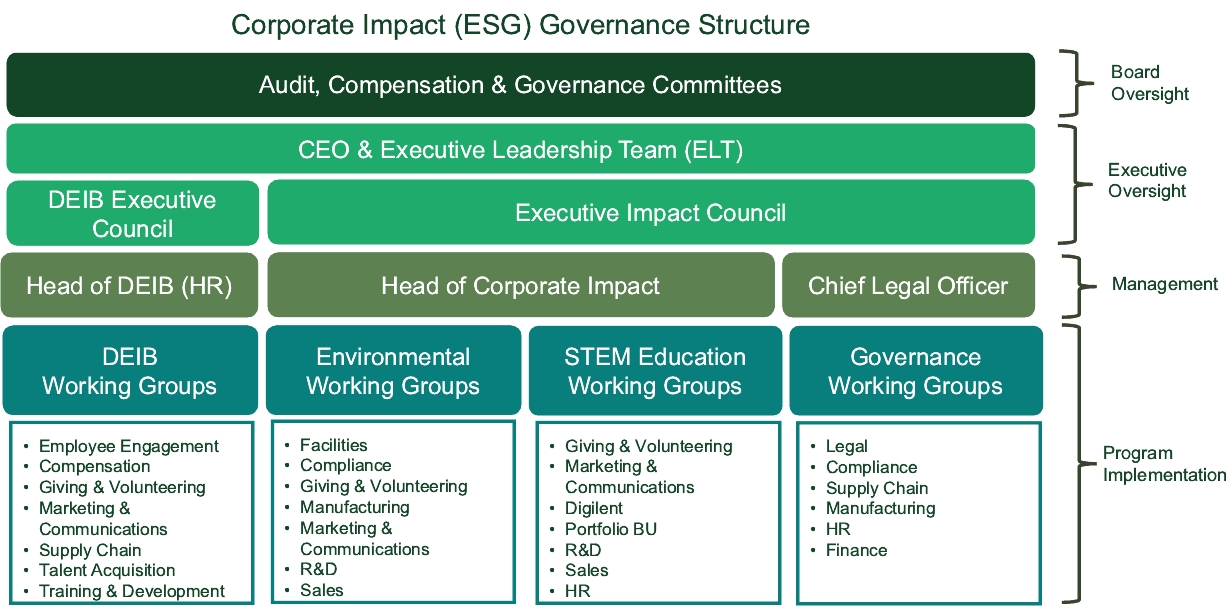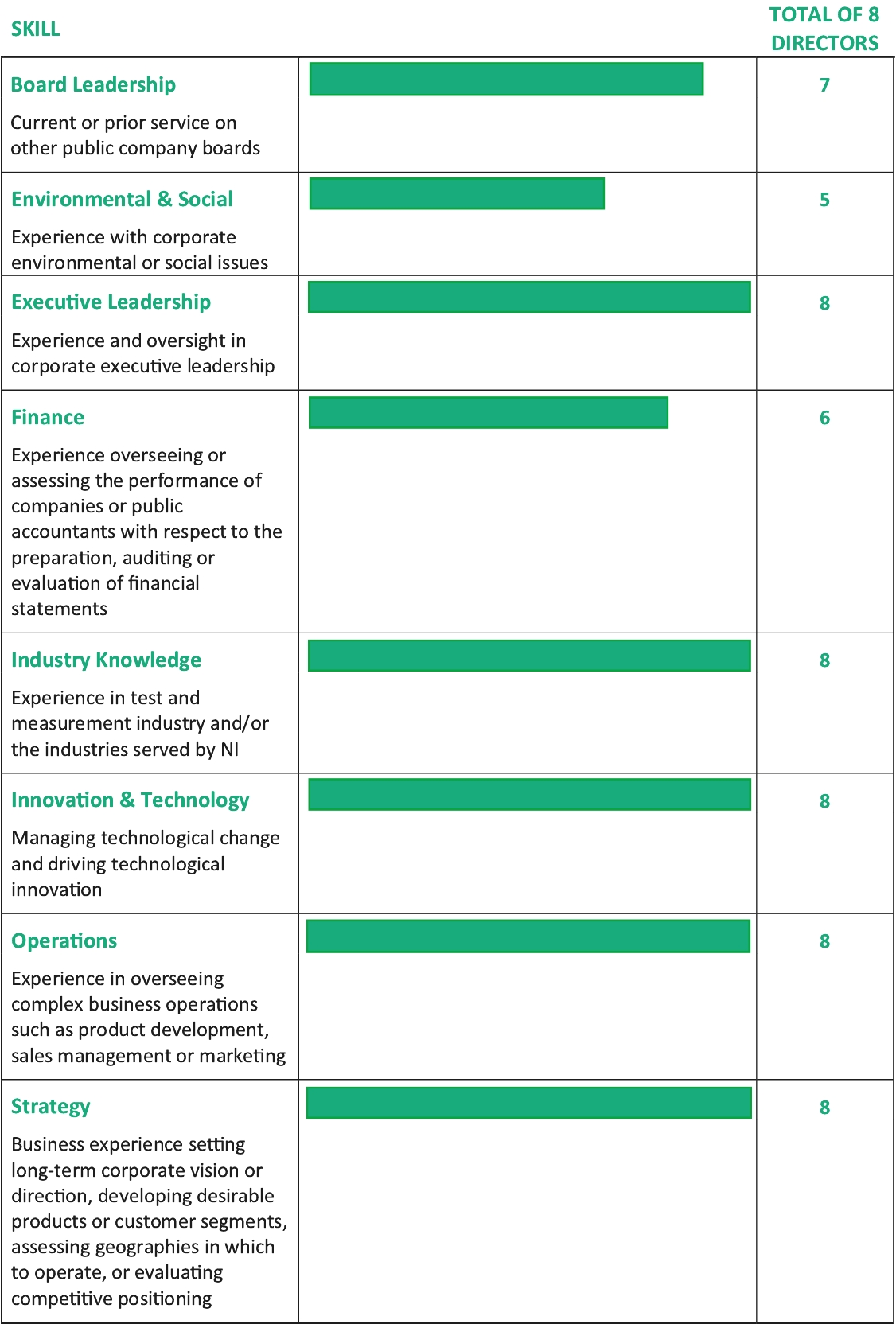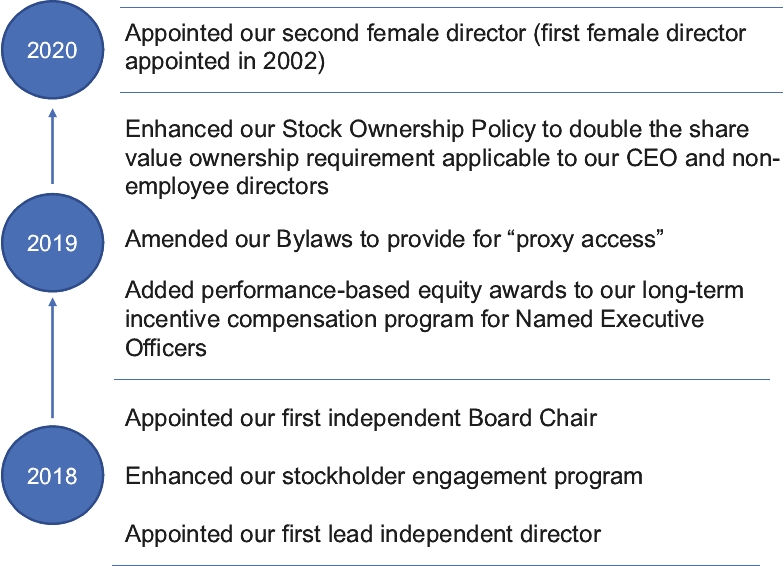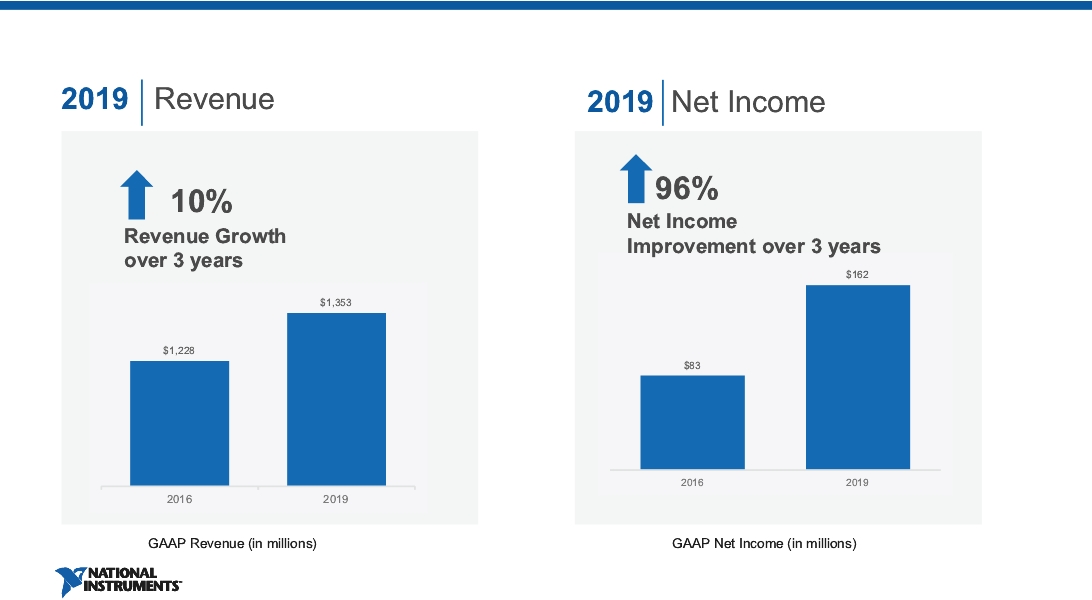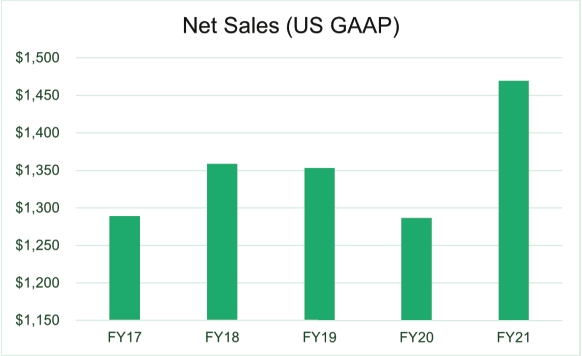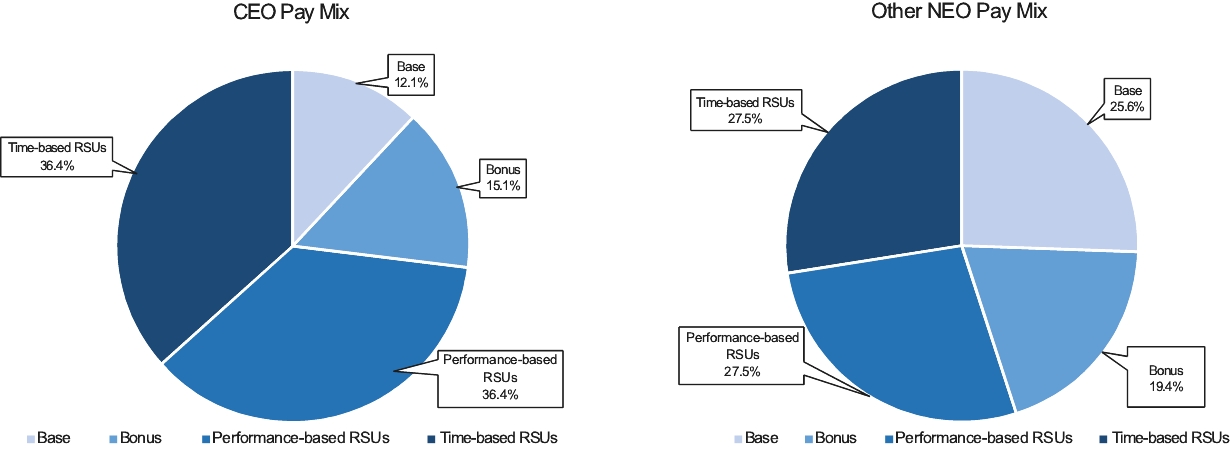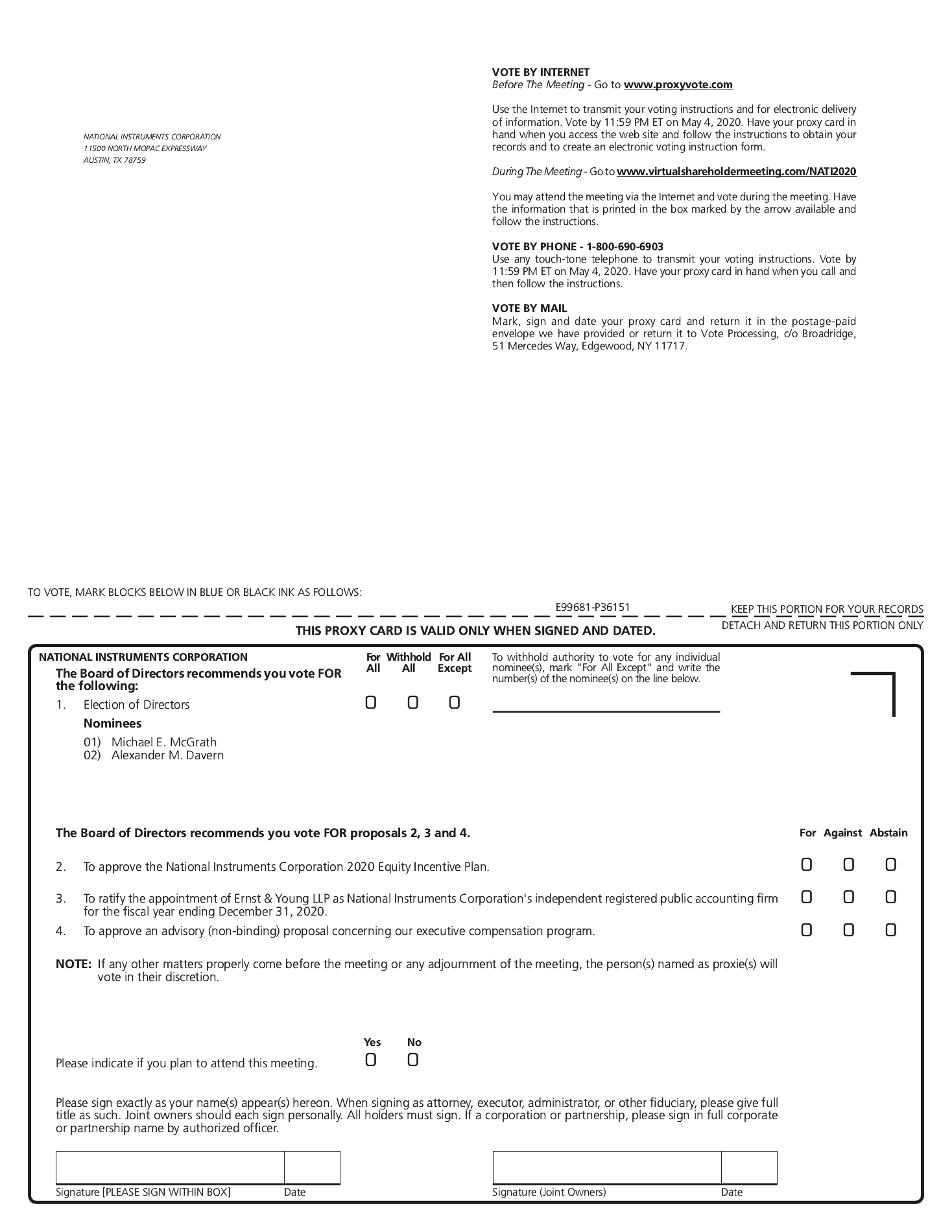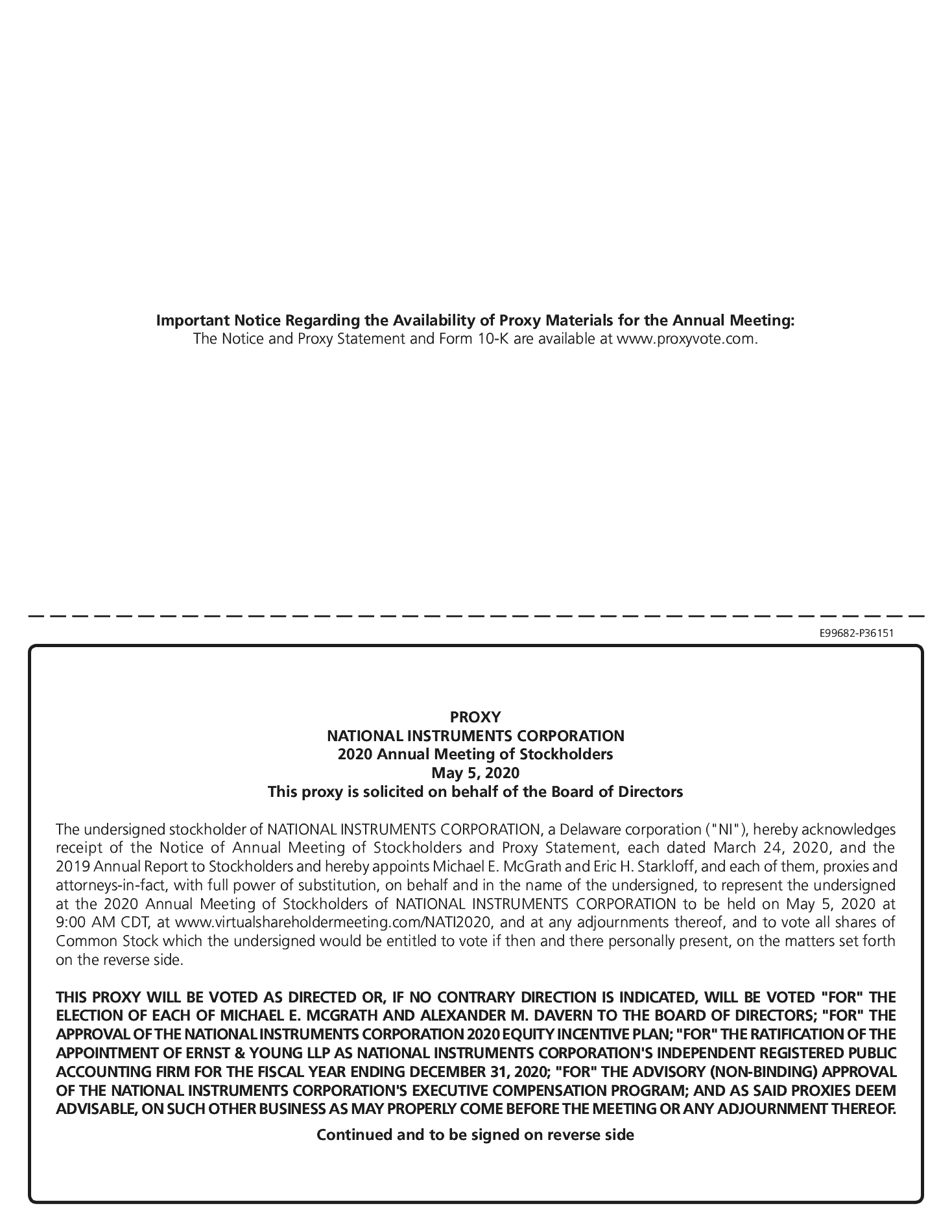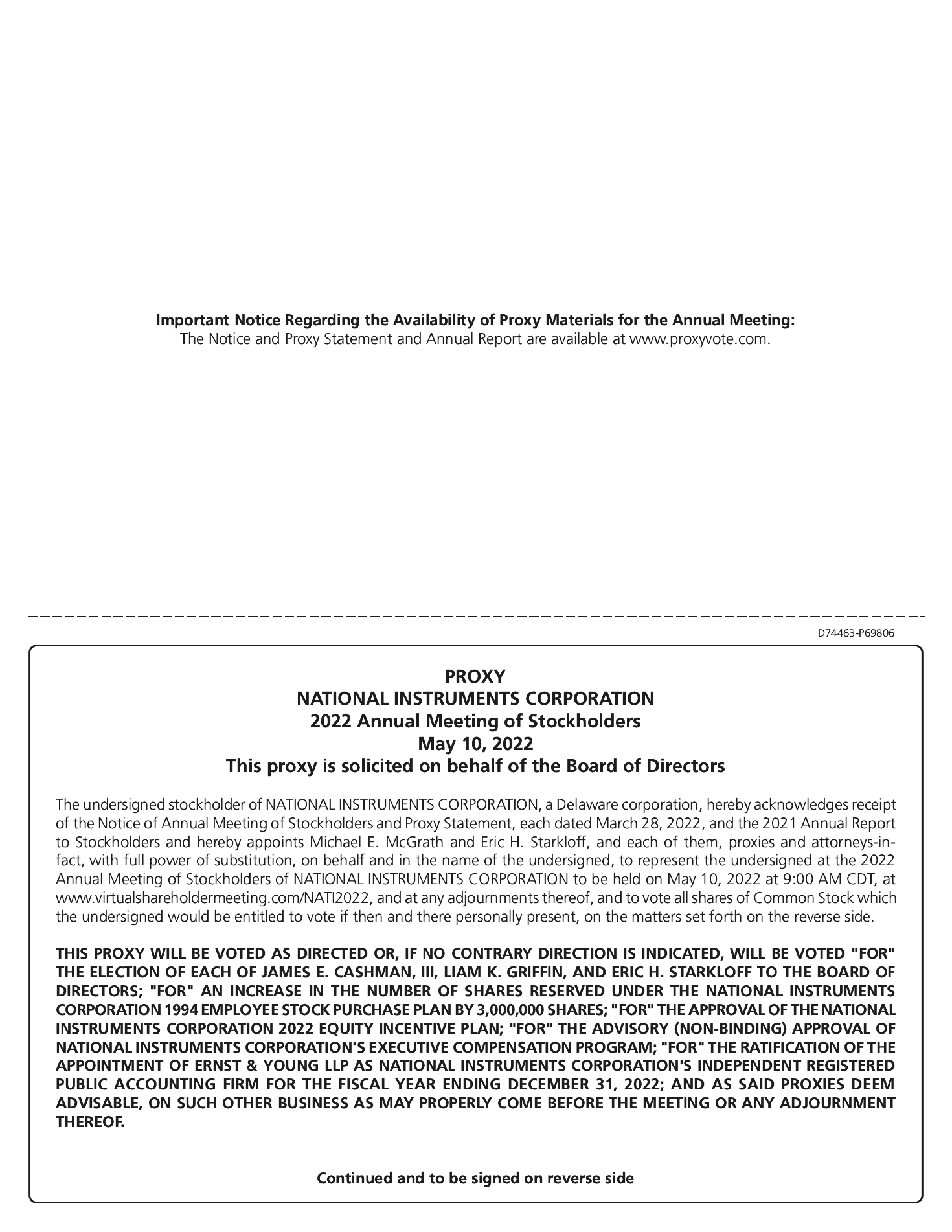As required by Section 953(b) of the Dodd-Frank Wall Street Reform and Consumer Protection Act (the “Dodd-Frank Act”), and Item 402(u) of Regulation S-K, we are providing the following information about the relationship of the annual total compensation of our employees and the annual total compensation of our President and CEO, for fiscal year 2019, Alex Davern.
For 2019, our last completed fiscal year, we have estimated the median of the annualEric H. Starkloff, who was serving in that position on December 31, 2021, and whose total compensation is annualized for purposes of all employees of our company (other than our CEO), was $49,581; and the annual total compensation of our CEO, as reported in the Summary Compensation Table presented elsewhere in this Proxy Statement, was $8,487,974.
Based on this information, for fiscal year 2019, the ratio of the annual total compensation of our CEO to the median of the annual total compensation of employees was 171 to 1. We believe this pay ratio is a reasonable estimate calculated in a manner consistent with Item 402(u) of Regulation S-K.disclosure.
To identify the median of the annual total compensation of all our employees, as well as to determine the annual total compensation of the “median employee,” the methodology and the material assumptions, adjustments, and estimates that we used were as follows:
We selected December 6, 2017,31, 2020, the date of the most recent and validated global employee data file, as the date upon which we identified the median employee. We used the same median employee as lastused in our disclosure for fiscal year 2020 because we believeduring fiscal year 2021 there has beenwas no change in our employee population or employee compensation arrangements during 2019 that we reasonable believe would significantly impact theour pay ratio disclosure.
We identified the “median employee” by taking all employees, excluding our President and CEO and the other excluded groups described below, and ranking them based on annualized U.S. dollar equivalent direct compensation, including the value of stock awards, and converting the base salary and bonus payouts in local currency utilizing the latest exchange rate table provided by our finance team.
In performing our analysis, we excluded those individuals that perform work for us but are paid by a third-party. The total number of U.S. and non-U.S. employees used for our de minimis calculation was 7,035. We then excluded employees in those countries that representedhad less than 0.5% of our total global population.75 employees. The total number of employees subject to this exclusion equaled 4.6%4.5% of our total global population, as permitted by the applicable SEC de minimis rule. The jurisdictions from which those employees are being excluded, and the approximate number of employees excluded from each jurisdiction, are as follows: Singapore, 51; Italy, 50; Mexico, 39; Ireland, 25; Belgium, 22; Brazil, 21; Philippines, 20; Russian Federation, 18; Canada, 10; Sweden, 9; Netherlands, 8; Switzerland, 7; Austria, 5; Lebanon, 34, Canada, 31, Sweden, 29, Netherlands, 27, Ireland, 24, Australia, 22, Switzerland, 22, Philippines, 20, Spain, 18, Finland, 16, Poland, 14, Belgium, 12, Israel, 11, Thailand, 11,5; Colombia, 4; Czech Republic, 10,4; Hong Kong, 10, Austria, 9,4; Thailand, 4; Denmark, 3; Poland, 3; Spain, 2; Vietnam, 2; Finland, 1; and Indonesia, 9, Colombia, 8, Turkey, 8, South Africa, 7, Denmark, 5, Viet Nam, 5, Egypt, 3, Slovenia, 3, Chile, 2, New Zealand, 2, and Norway, 2. The total number of U.S. and non-U.S.






